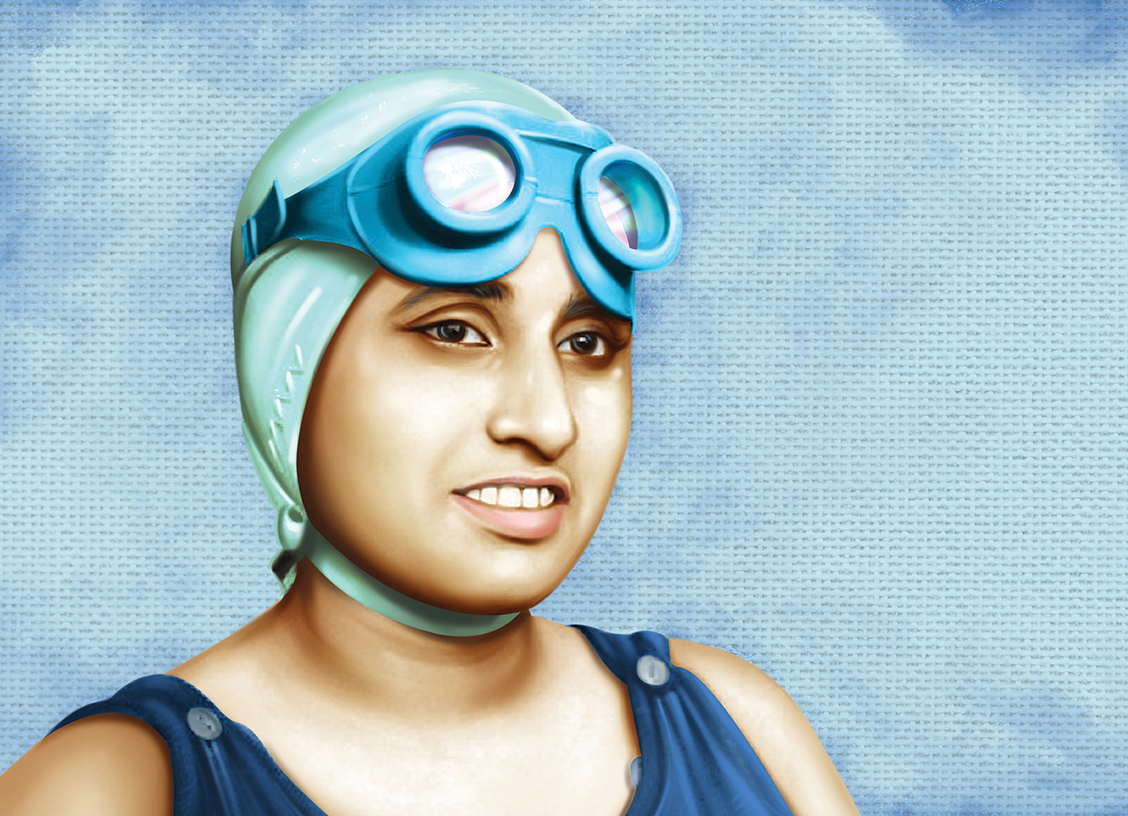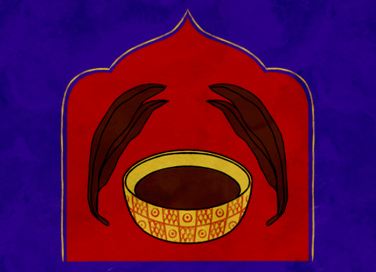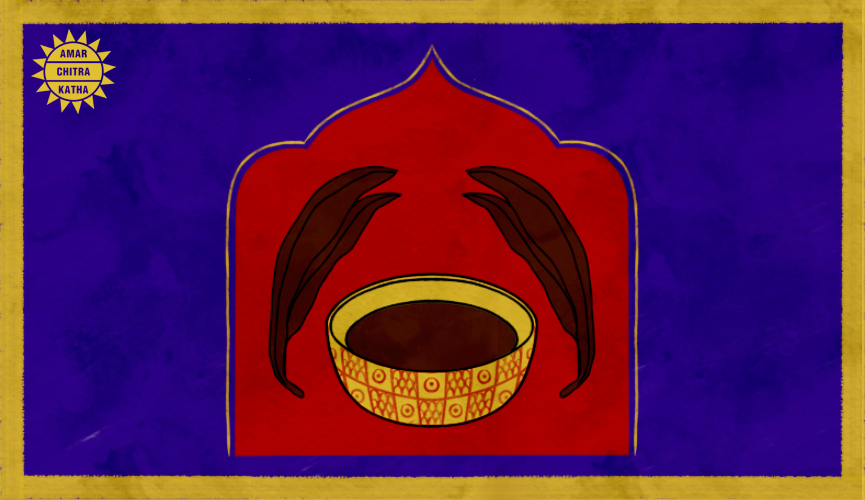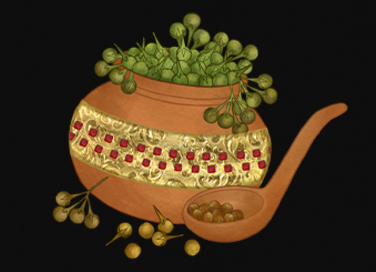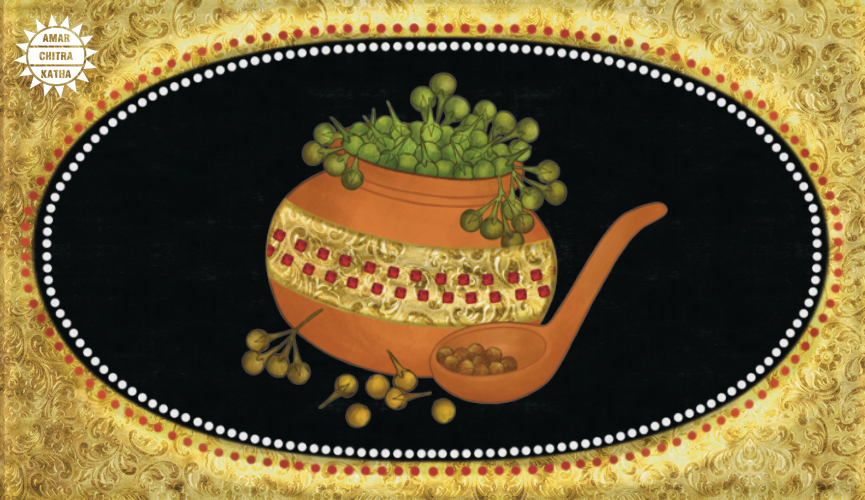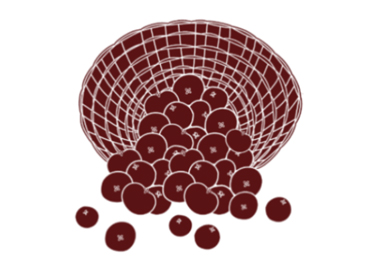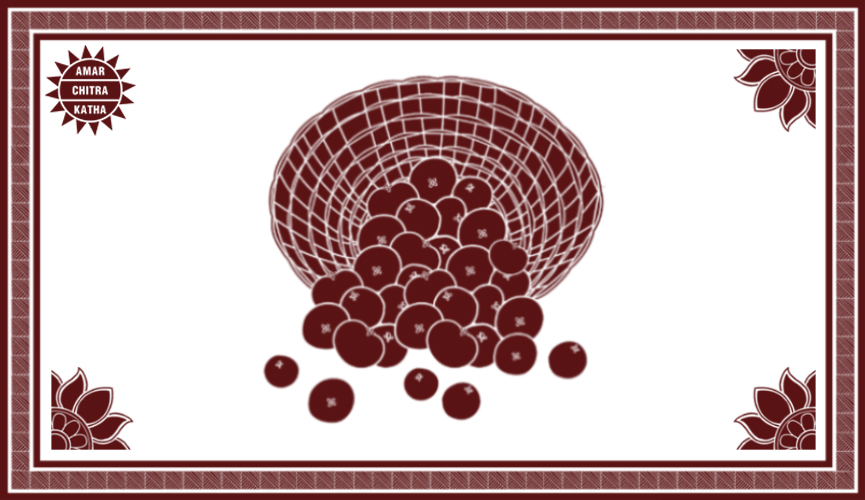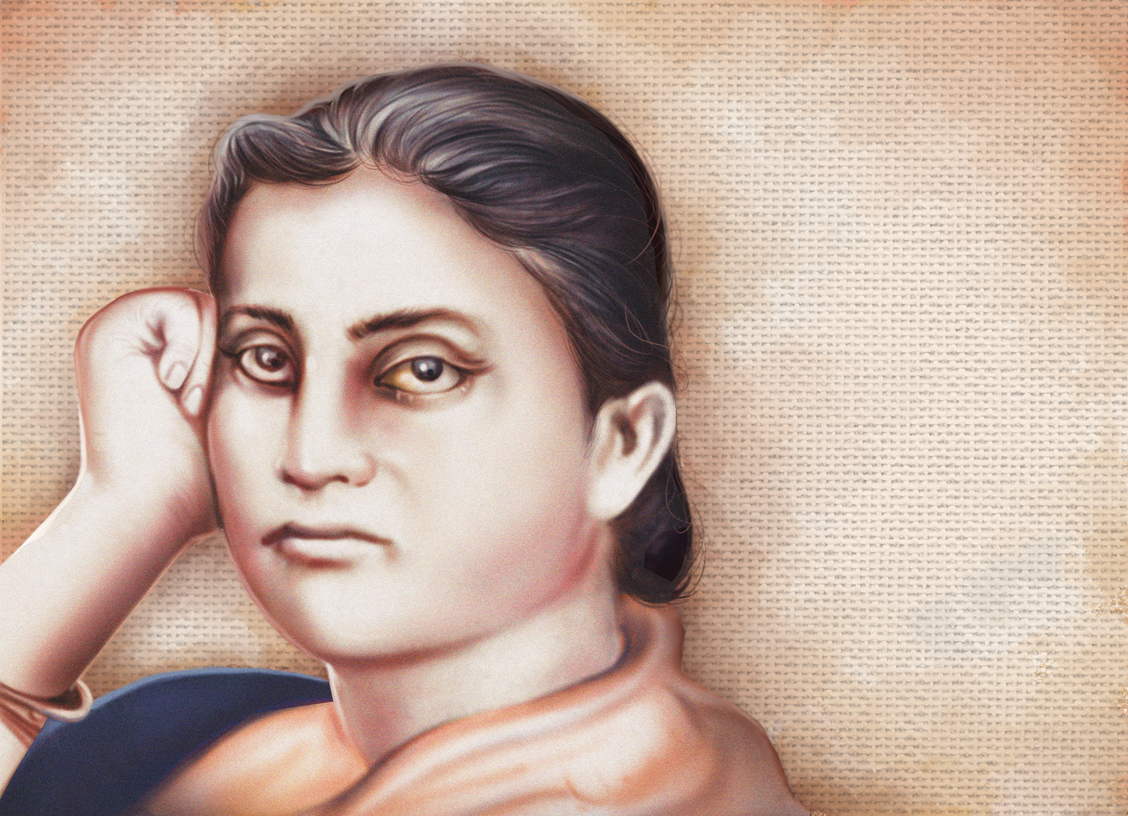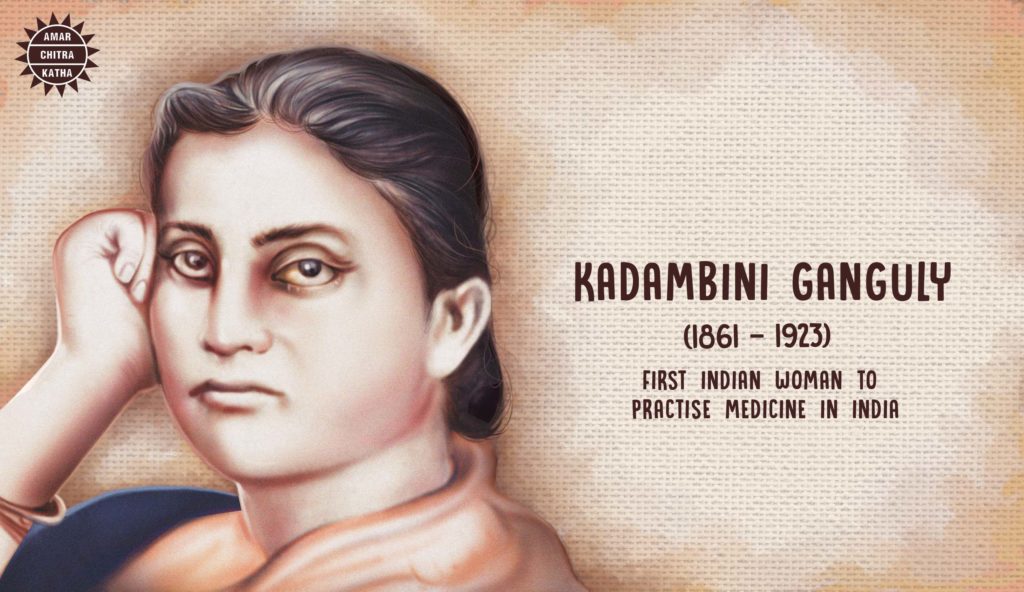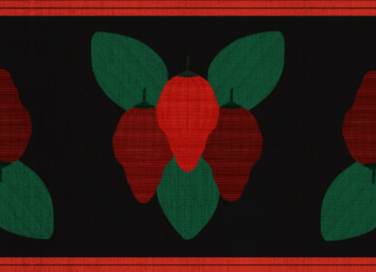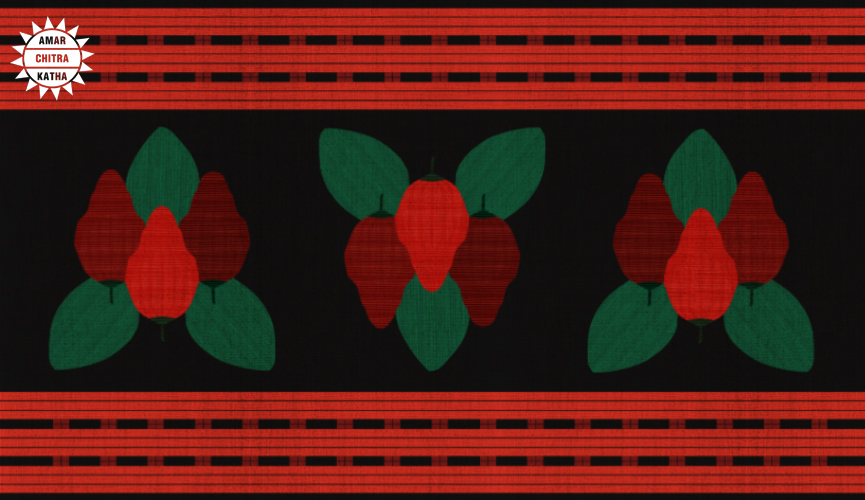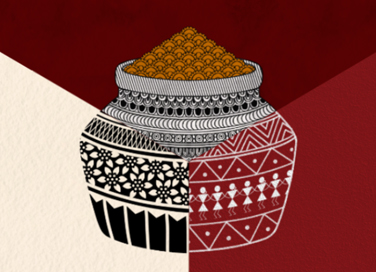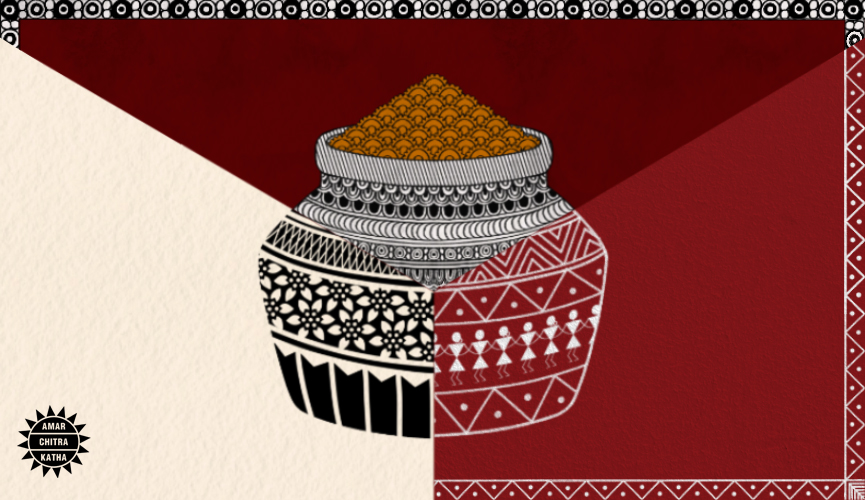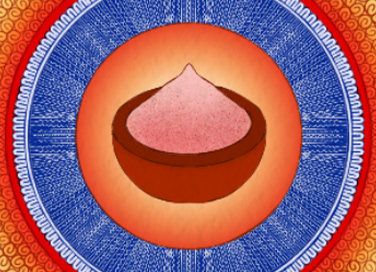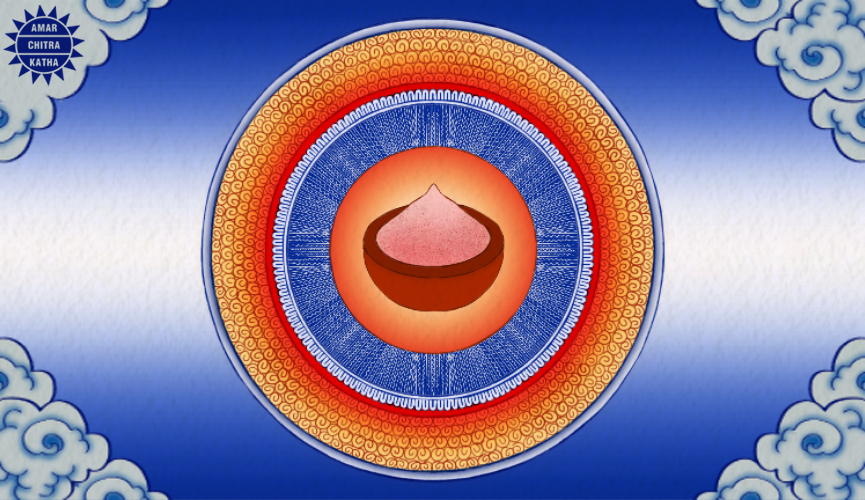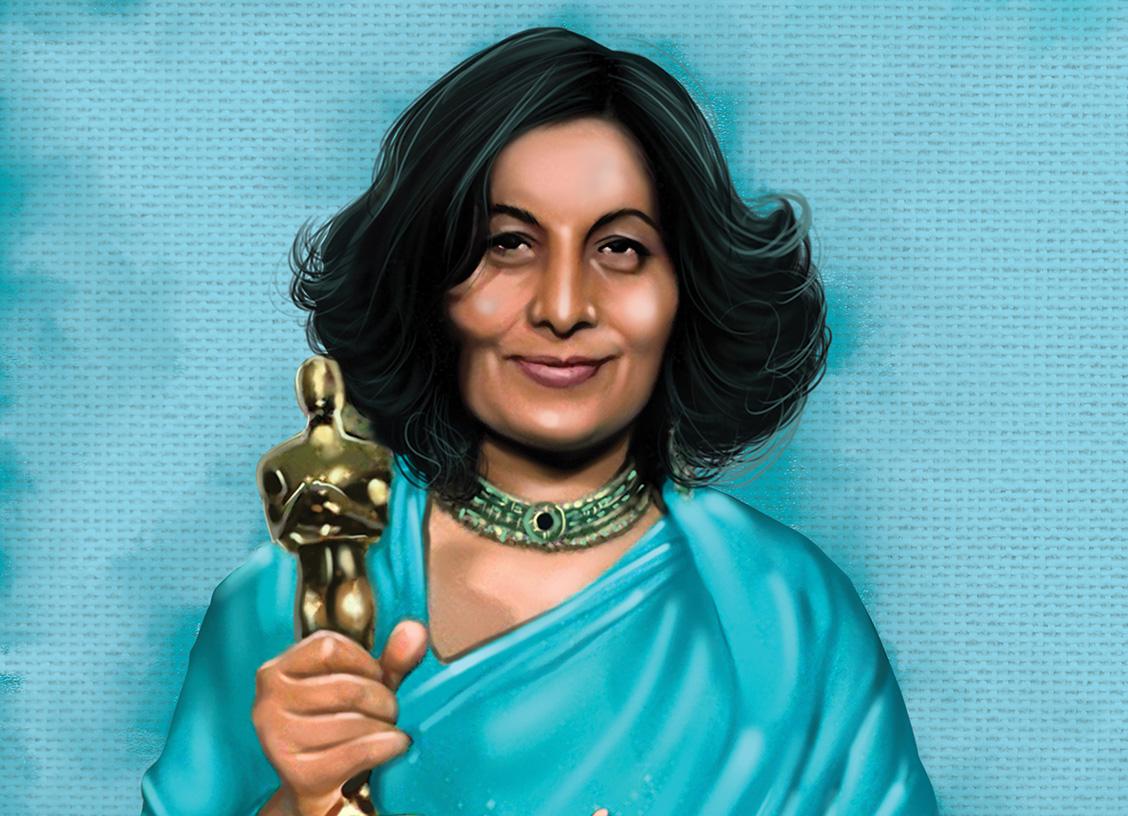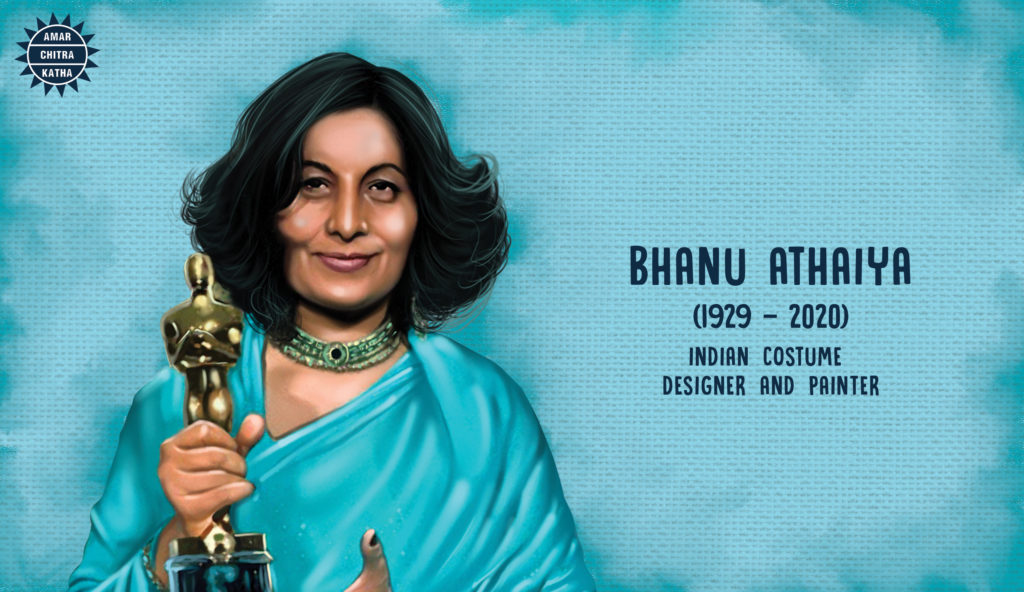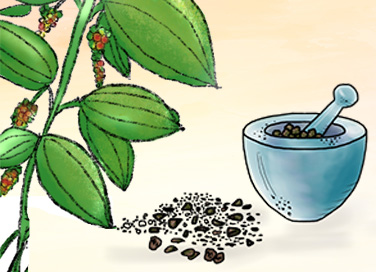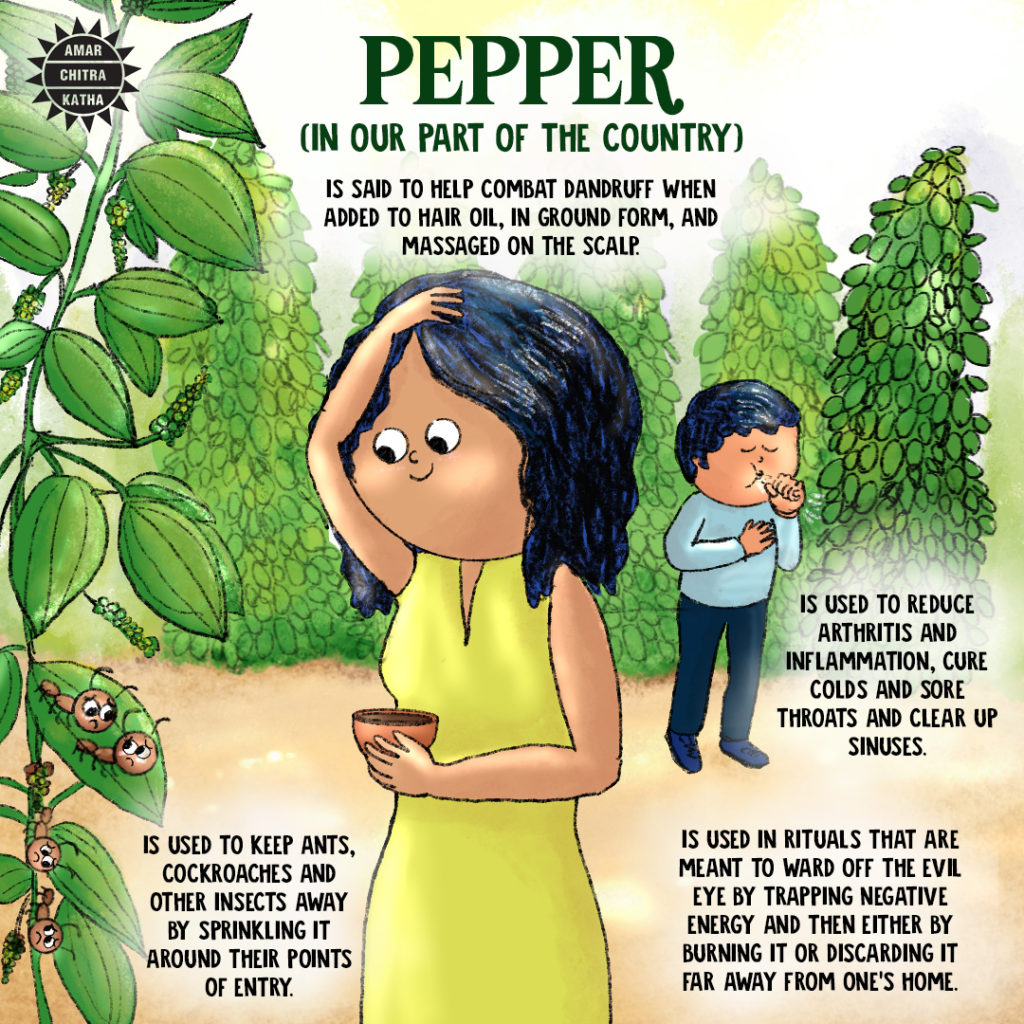By Zaara D’Souza
Arati Saha was a swimming legend, who created history when she became the first Asian woman to swim across the English Channel, at the young age of 19. Read on to know more about her life.
Childhood
Arati Saha was born in 1940 in Kolkata, West Bengal to a middle class family. She was brought up by her father, as her mother had passed away when she was still a toddler. After her mother’s loss, her elder brother and younger sister were sent off to live in their maternal aunt and uncle’s house, while Arati was left to be brought up by her grandmother in North Calcutta. Panchugopal Saha, her father, would take little Arati along with him and his brother to the city’s popular bathing grounds – Champtala Ghat.
Almost immediately Panchugopal was able to recognise that his daughter had an inclination towards swimming, even at such an early age. He decided to enroll her for proper training at the Hatkhola Swimming Club. As luck would have it, India’s first Asian Games gold medalist, Sachin Nag noticed her one day. He too, immediately spotted her talent and decided to take her under his wing and began training her. After this, Arati dived right into her professional swimming career.
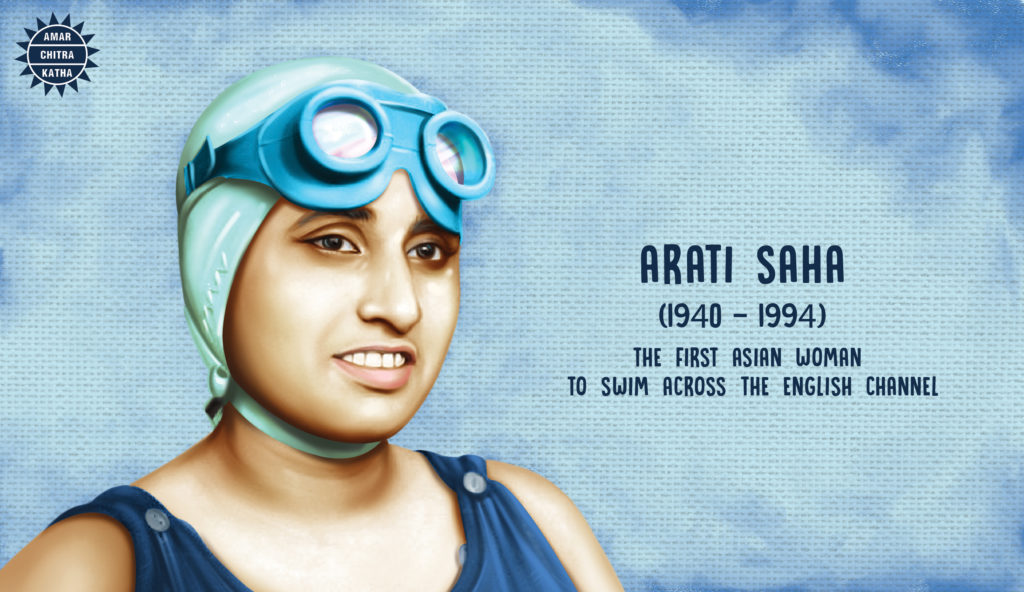
Accolades
After starting training at just 4 years old, Arati won a gold medal for 110 yards freestyle at the Shailendra Memorial Swimming Competition of 1946, only a year later. With exemplary determination and discipline, she went on to win more than 22 state competitions in West Bengal over the next 6 years. Her game-changing recorded time for her laps allowed her to take part in the 1952 Olympics at the mere age of 12, but unfortunately she did not manage to win a stand on the podium. This did not stop her, but only encouraged her to go further.
The Dream
As she was pushed harder and harder to train, she started to gain more confidence. She soon began to harbour a challenging dream — to attempt swimming the intimidating English Channel. Although a few women had attempted this before her, it was still a highly male dominated area at the time. Arati’s own participation is what changed this for future female swimmers.
Brojen Das, the English Channel’s first Asian finisher (not just once, but six times!) proposed Arati’s name to the organisers for the event that year. Even Mihir Sen, another accomplished English Channel finisher, encouraged this idea. With the motivation of many other supportive men and the financial aid of the Chief Minister of West Bengal, Dr Bidhan Chandra Roy, and the then Prime Minister, Jawaharlal Nehru, the English Channel dream began to take shape.
In 1959, she attempted the feat for the first time but was unable to finish. She made her second attempt just one month later. This time, Arati came back and completed the entire length at the impressively young age of 19. This won her not just a Padma Shri, but also a place in the history of swimming, as the first Asian woman to swim across the English Channel.
Arati passed away at the age of 54, unfortunately losing a battle to jaundice and encephalitis. The Government of India honoured her by releasing a postage stamp in her name. She is remembered not just as a swimmer, but as a woman who changed swimming for every Indian girl who dreamed of the same things she did.
Read about more such legendary personalities from Indian history, only on the ACK Comics app!




